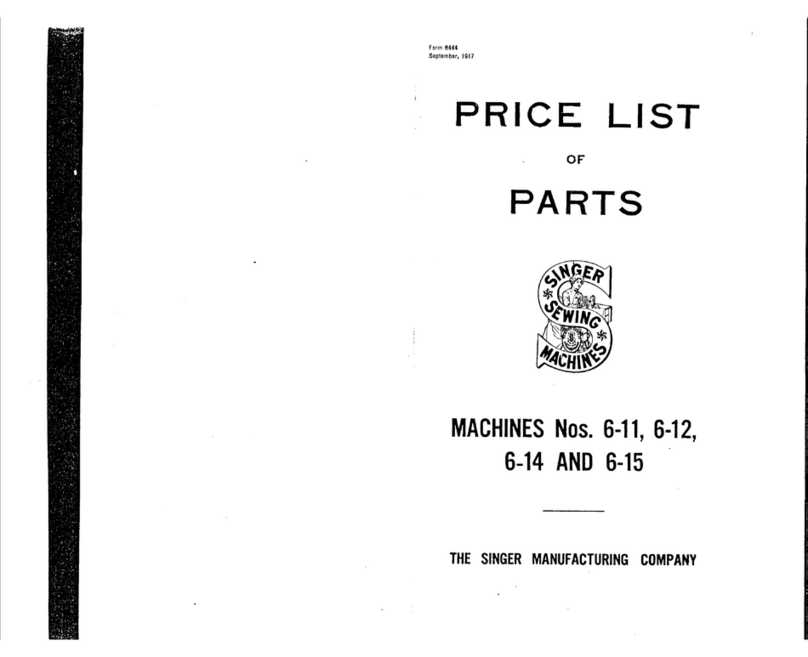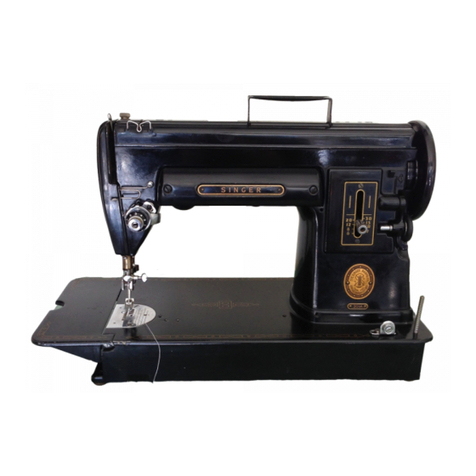Singer 491UTT User manual
Other Singer Sewing Machine manuals
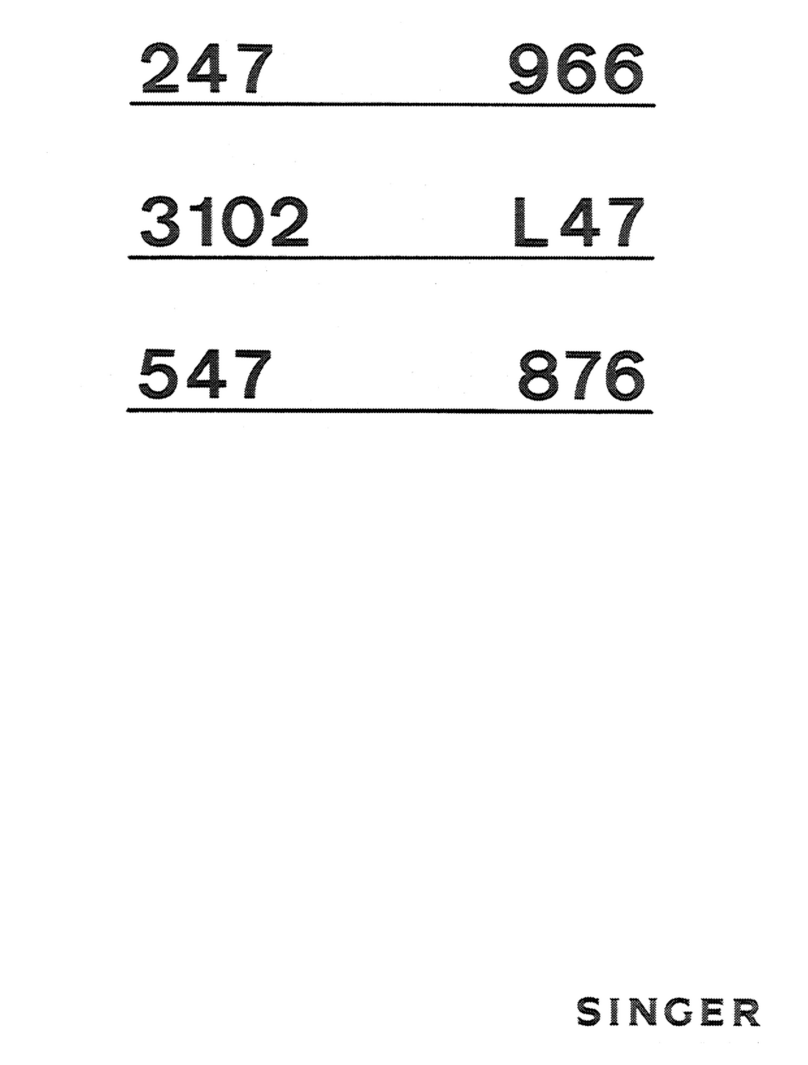
Singer
Singer 247 User manual

Singer
Singer 431 CONVERTIBLE User manual
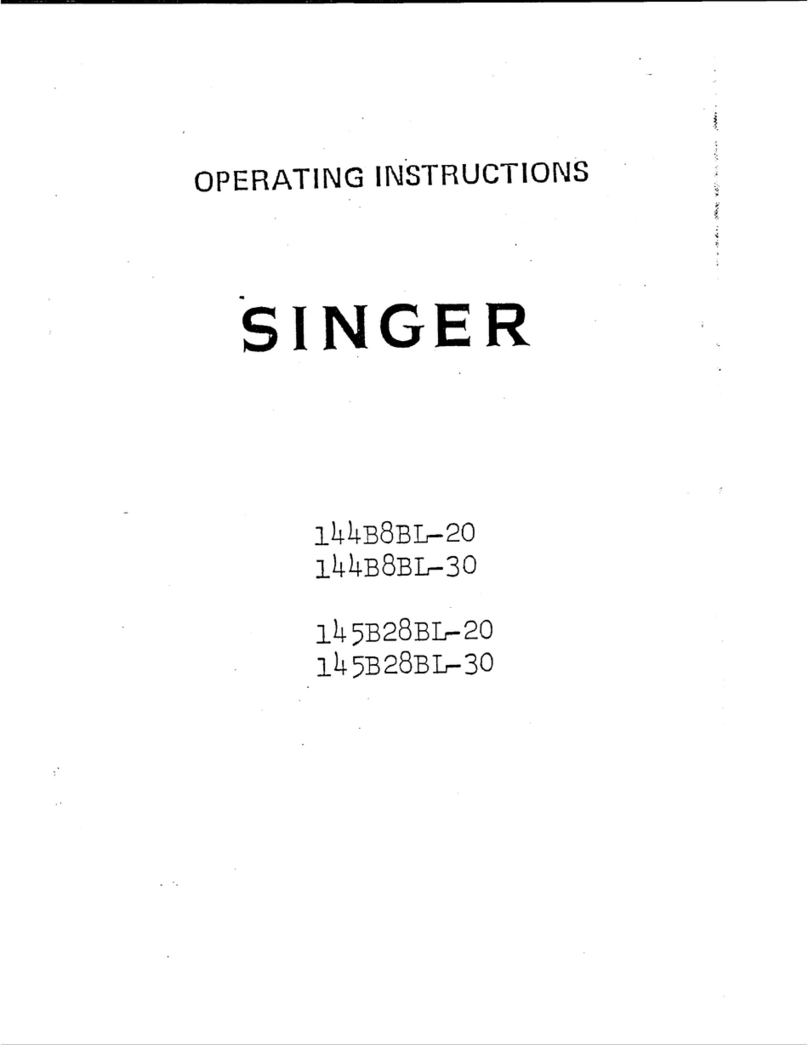
Singer
Singer 144B8BL-20 User manual
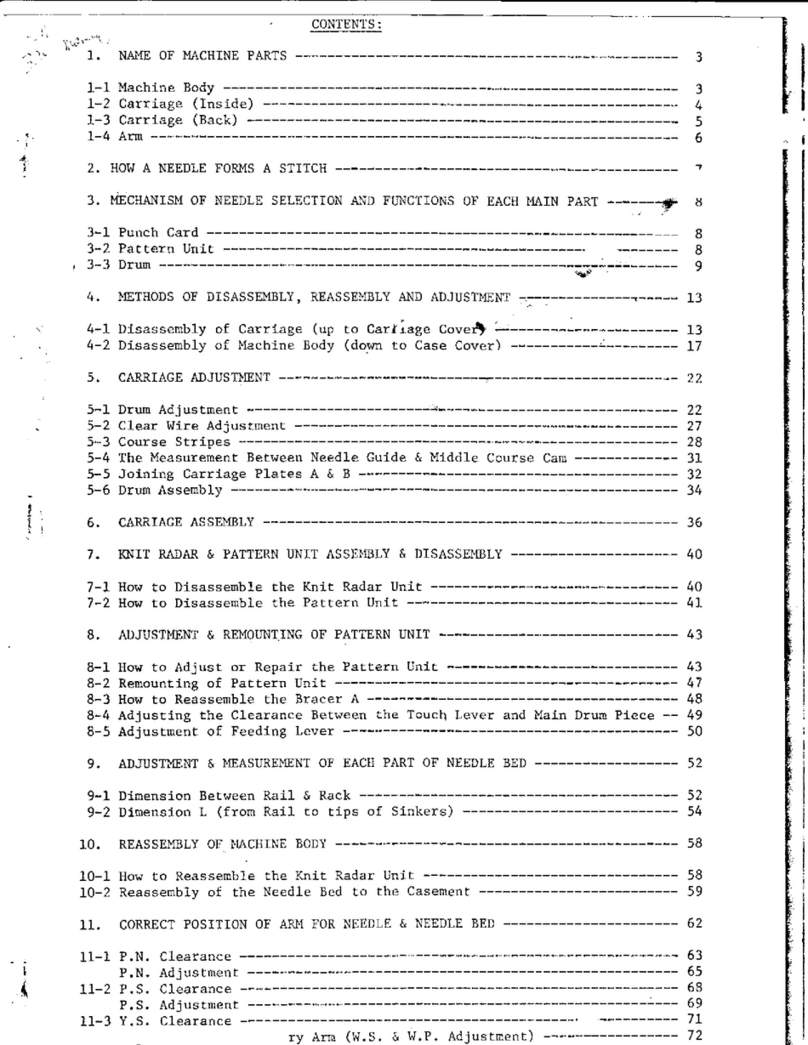
Singer
Singer Style-O-Matic 328 Building instructions

Singer
Singer CG-550 User manual
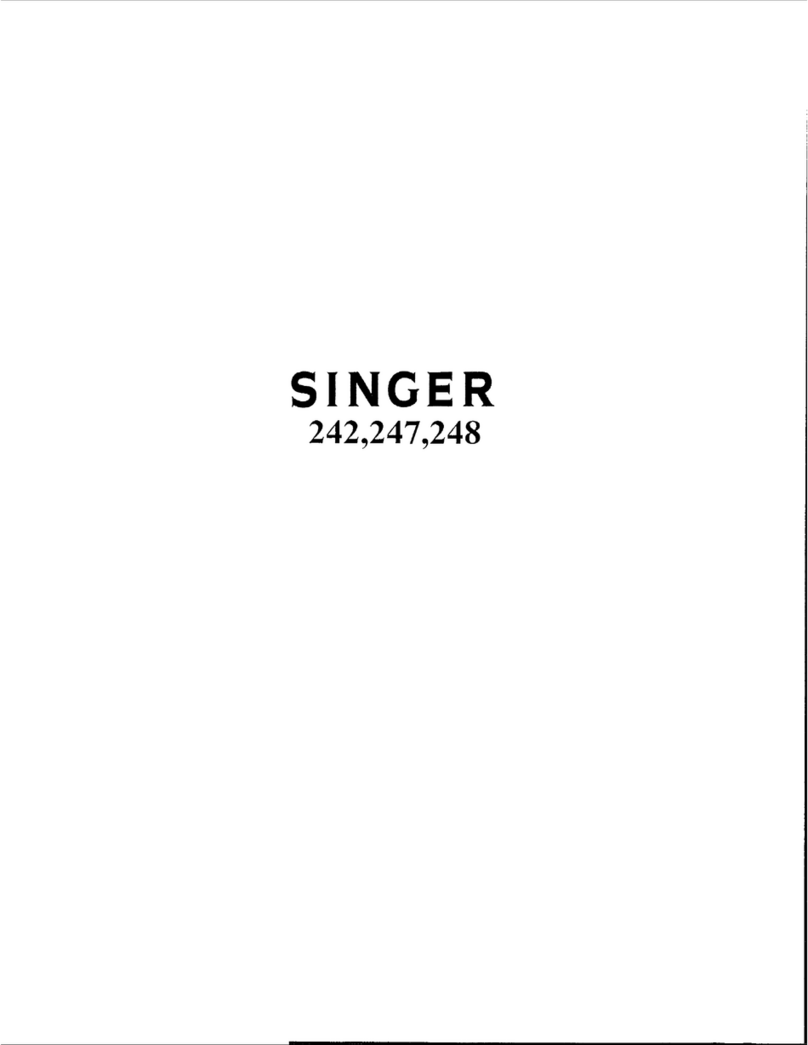
Singer
Singer 242 User manual
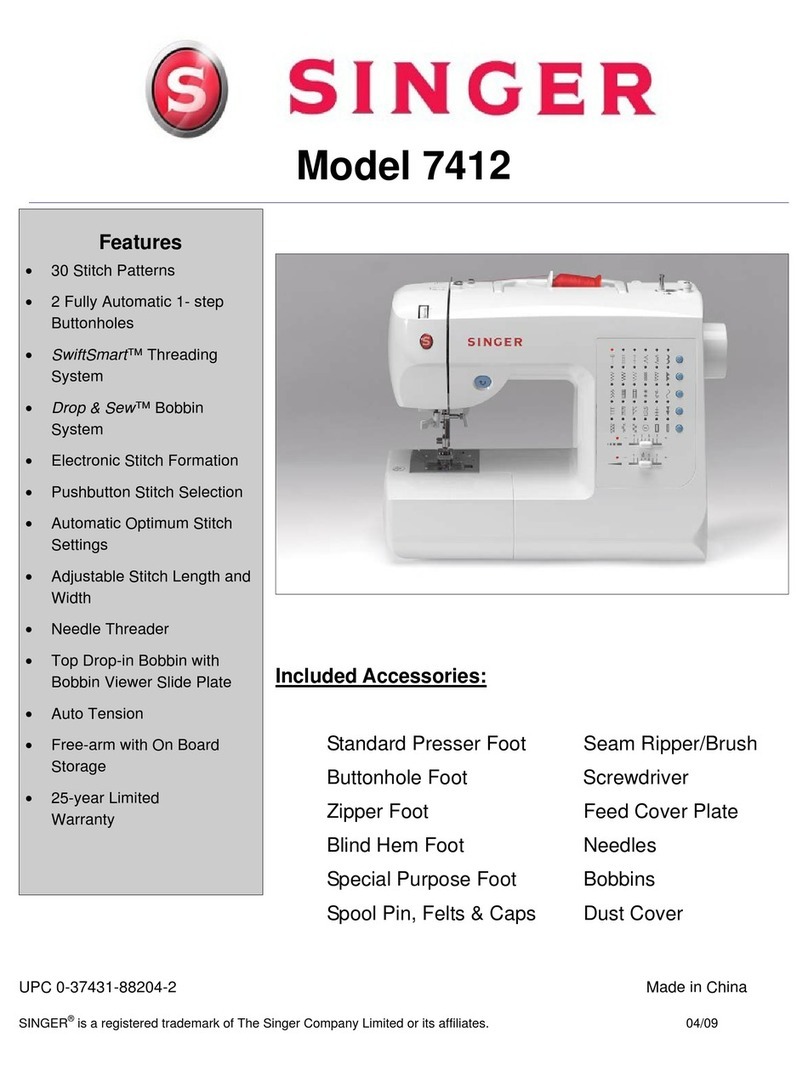
Singer
Singer 7412 User manual

Singer
Singer Quantum XL-6000 User manual
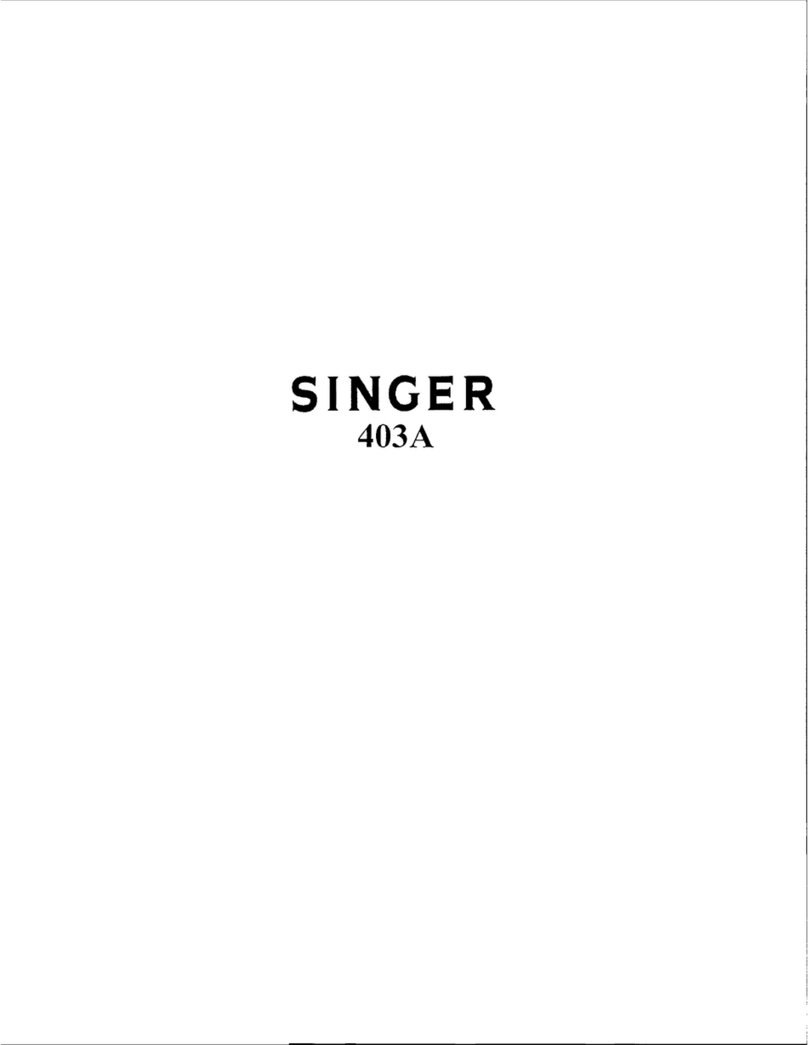
Singer
Singer 403A User manual
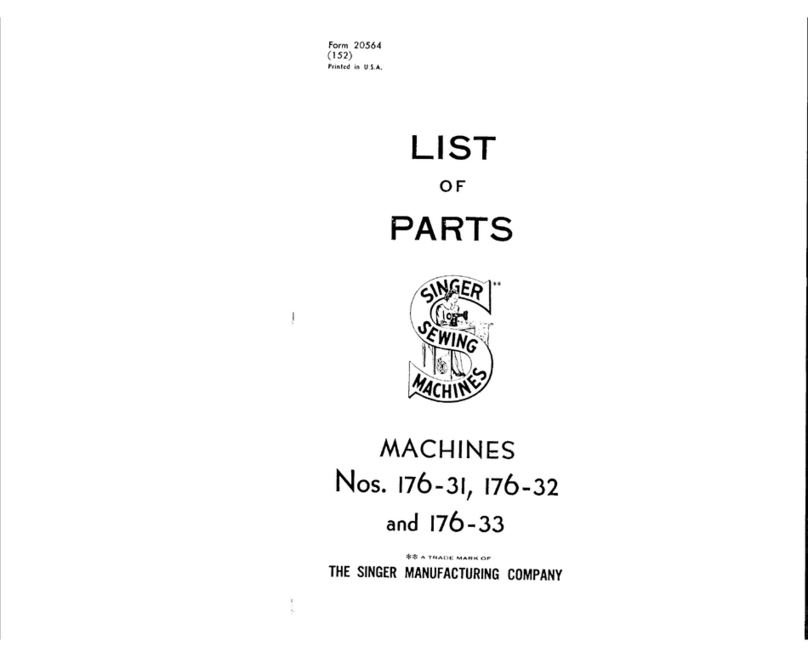
Singer
Singer 176-31 User manual
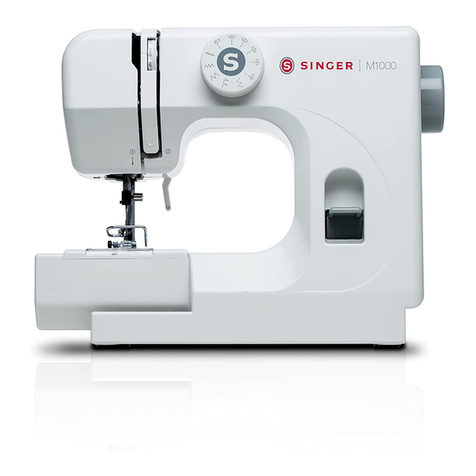
Singer
Singer M1000 User manual

Singer
Singer 300U294A Setup guide

Singer
Singer 1305 Installation instructions
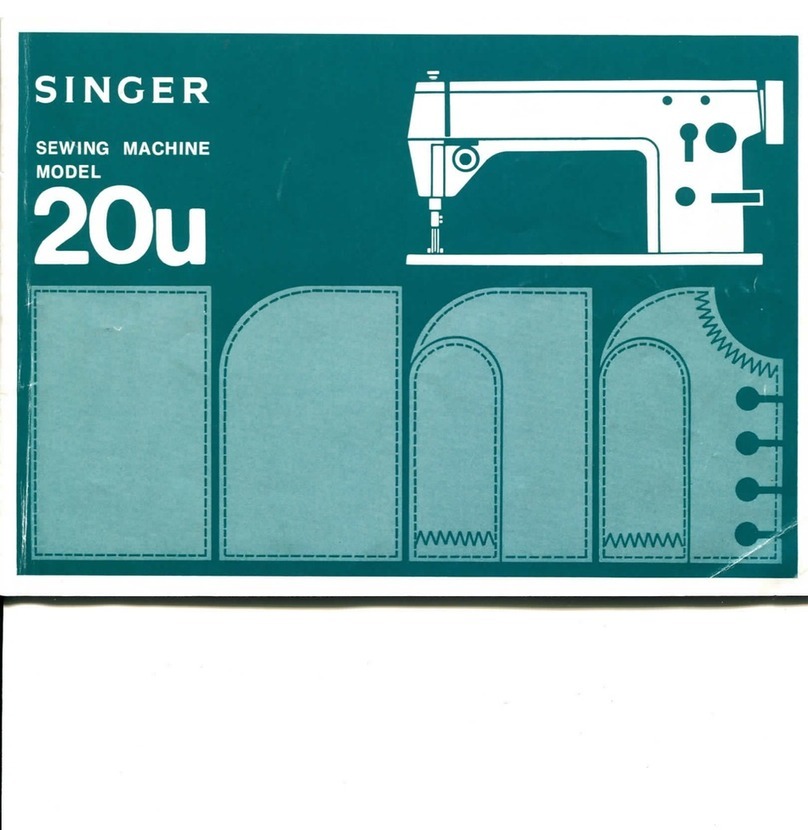
Singer
Singer 20U User manual
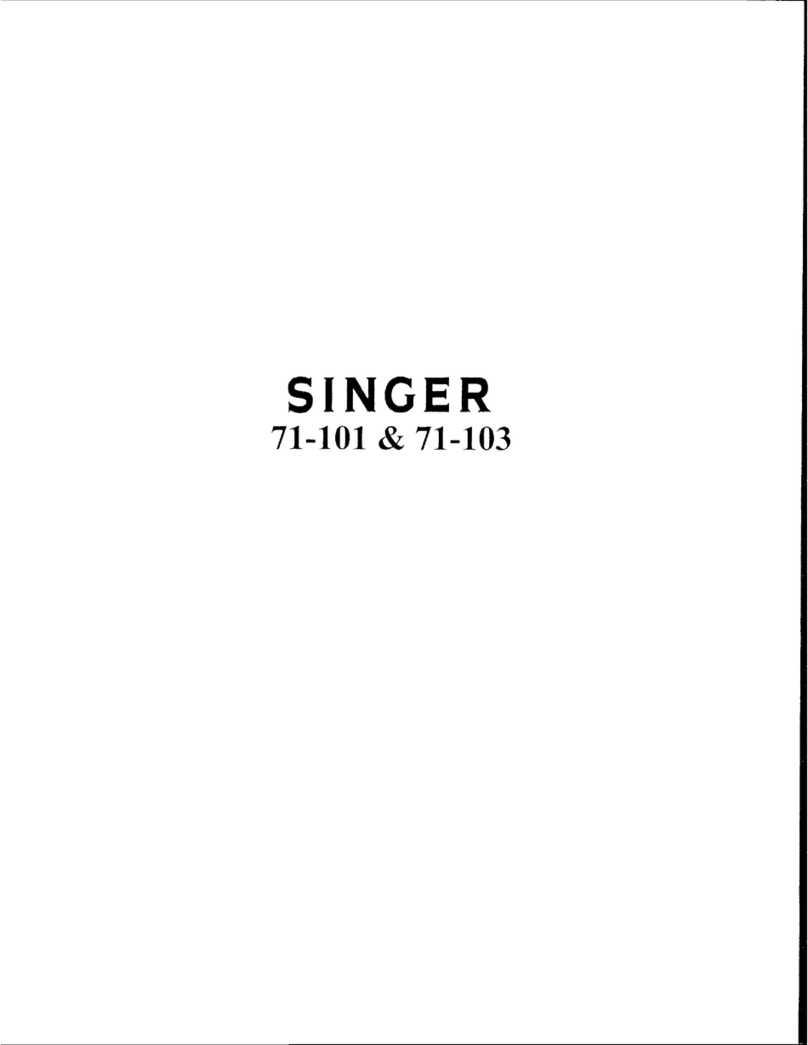
Singer
Singer 71-101 Quick start guide

Singer
Singer ME457 User manual
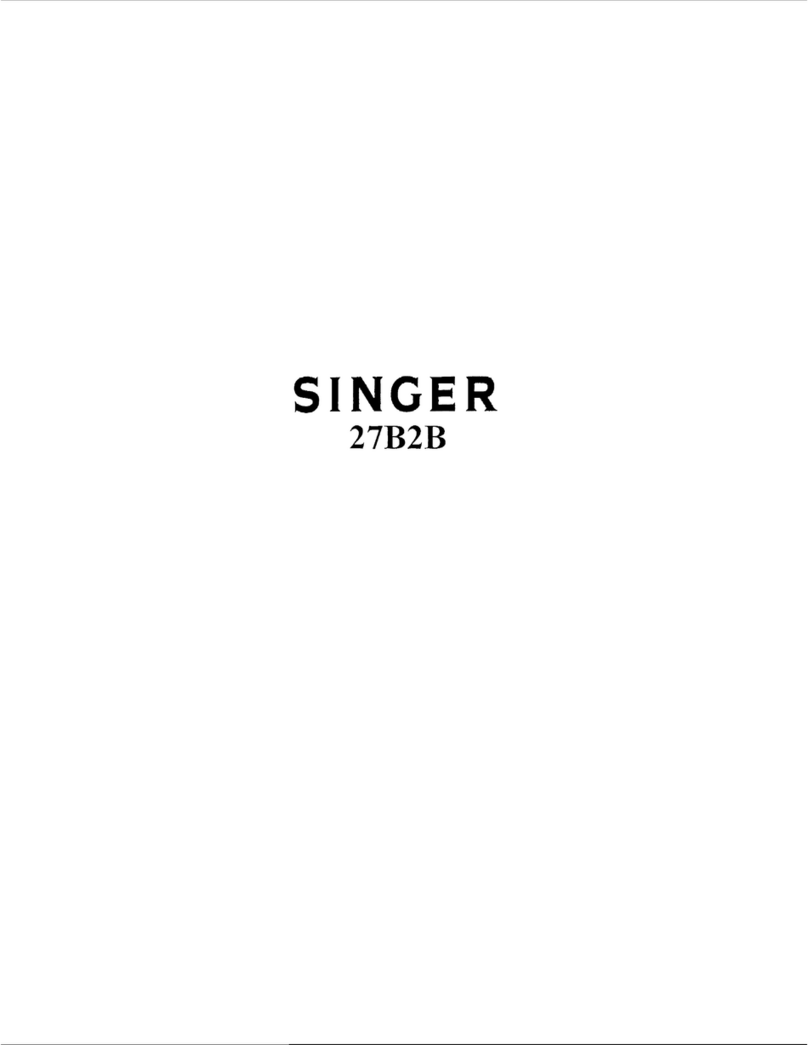
Singer
Singer 27B2B User manual
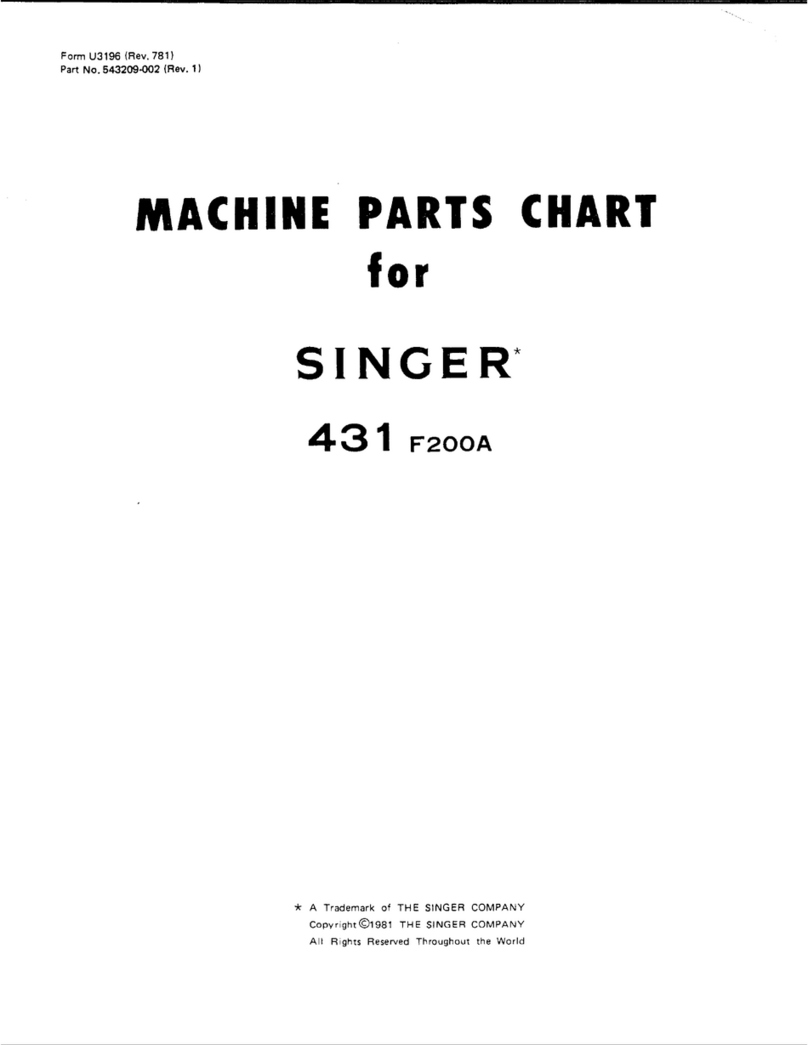
Singer
Singer 431 F200A User manual
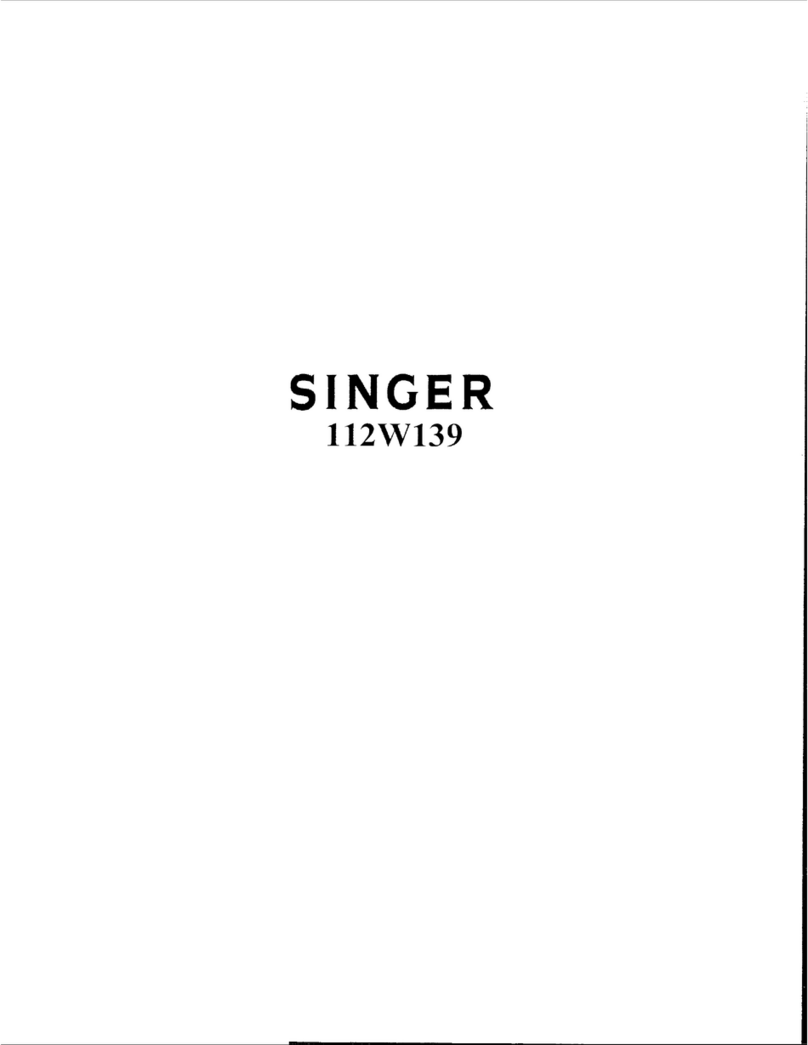
Singer
Singer 112W139 Quick start guide
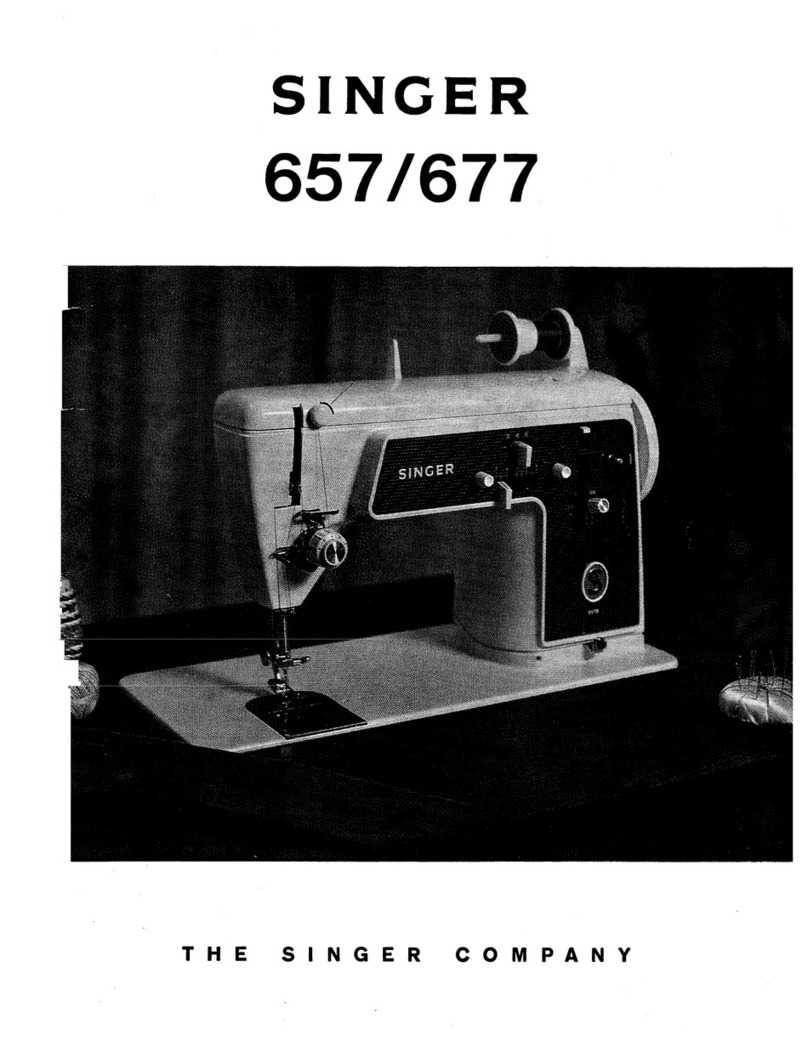
Singer
Singer 657 User manual

